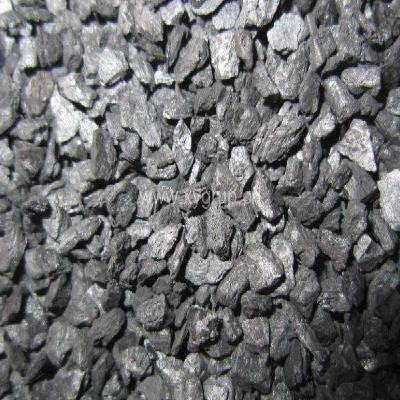The Difference Between Coal-Based Activated Carbon and Wood Powdered Activated Carbon
Activated Carbon is divided into many raw materials. For example, the more common activated carbon made from wood chips and coal has a wide range of uses, but because their raw materials are different, there is a big difference in structure and performance.
Material difference: wood powdered activated carbon mainly uses some high-quality sawdust as raw materials, then the raw materials are crushed and then extruded into a powdered activated carbon that is manufactured through the drying and activation treatment of the equipment. The coal-based activated carbon is basically made of anthracite or semi-bituminous coal as raw materials through some special processes such as cooling, activation, and washing.
Difference in appearance: The appearance of wood Powdered Activated Carbon is generally dark gray, odorless, and non-toxic. It is generally powdered and can be pressed into various regular columns. The appearance of coal-based activated carbon is generally black and cylindrical, and some are irregular granular activated carbon.

Coal Based Activated Carbon
Use difference: The big difference between the two kinds of activated carbon made of different raw materials is the different adsorption capacity for water.
Wood powdered activated carbon can have strong adsorption and decolorization capabilities, and its strength can be adjusted according to needs. Due to a variety of processes, wood powdered activated carbon can achieve high quality and is more suitable for water quality in some industries such as sugar, beverages, and wine. Purifying effect.
Coal Based Activated Carbon can only be used for industrial wastewater purification and domestic water purification.











